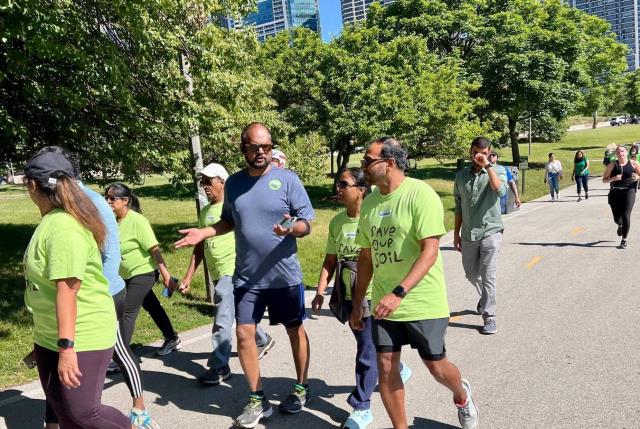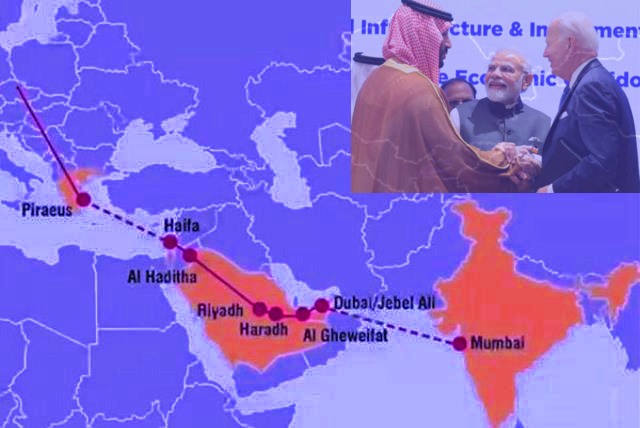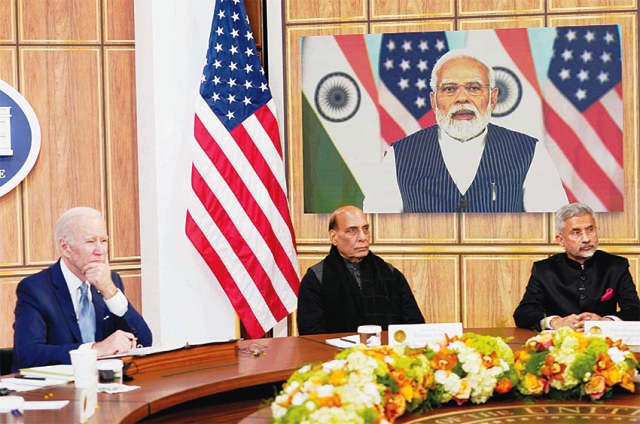Anil Sharma, who migrated from a small Indian village to the US 20 years ago, shares his perspective on Trump’s victory and its impact on the Indian American community. His views:
The US election results created palpable shockwaves among the US electorate. For, the media and pollsters had predicted a cliffhanger, consistently showing Kamala Harris and Donald Trump in a neck-and-neck race. Once the clear mandate was out, Democrats couldn’t fathom losing, even though Kamala had always presented herself as the underdog. In my view, this disconnect was self-created, as people tended to communicate only with those who shared similar views, creating an echo chamber that distorted their sense of the broader electorate.
As far as Indian Americans are concerned, I don’t foresee any adverse repercussions from the Republican regime. A large number of Indian Americans in the business community have consistently supported Trump and his stances. Ours is a peaceful community that adapts to any changes, legal or social, come our way. Only those who are living in the country without authorisation, need be worried about their future.
Additionally, people of Indian origin overall enjoy a good reputation due to their ability to produce results that benefit the American economy. It’s no surprise, hence, that Indian Americans are often found at the helm of major businesses.
The Republicans, predominantly White, have generally not been opposed to Indians. Racial prejudice tends to focus more on Black and Jewish communities. Since much of Trump’s support comes from a non-college-educated, rural demographic, there can occasionally be a lack of distinction between Indians and other groups. This has led, at times, to instances where Sikhs were mistakenly identified as Muslims and targeted.
ALSO READ: US Elections And World Peace
I don’t have children in school now, but I suspect there could be a stronger religious component in the curriculum post-Trump. Abortion rights have been a major topic of political discourse, yet from the few exit polls I saw, it wasn’t the top priority for voters. Restricting those rights will impact the younger generation, whether they are Indian or any other US citizen.
However, any action Trump takes to ignore climate change will affect everyone, not just in the US, but globally. We can only hope that another pandemic isn’t on the horizon, as the new team picked up by Trump seems ignorant and openly dismissive of scientific temperament. Given Trump’s style, his primary focus may be on exacting revenge one those who disagreed with him or ridiculed him. Some Indian comedians, too, might be advised to keep a low profile hereto.
But overall, life will go on for our community. While Trump can issue executive orders, he can’t make laws, and there are Republicans in both the Senate and House who may not support everything he asks for. Even though the Supreme Court appears to lean in Trump’s favour, I believe common sense will help keep the President in check. It’s likely to be an interesting and challenging time ahead, but in my view, most of the Indian population doesn’t have much to worry about. But I do expect many more protests in the US in the coming years.
As told to Mamta Sharma



